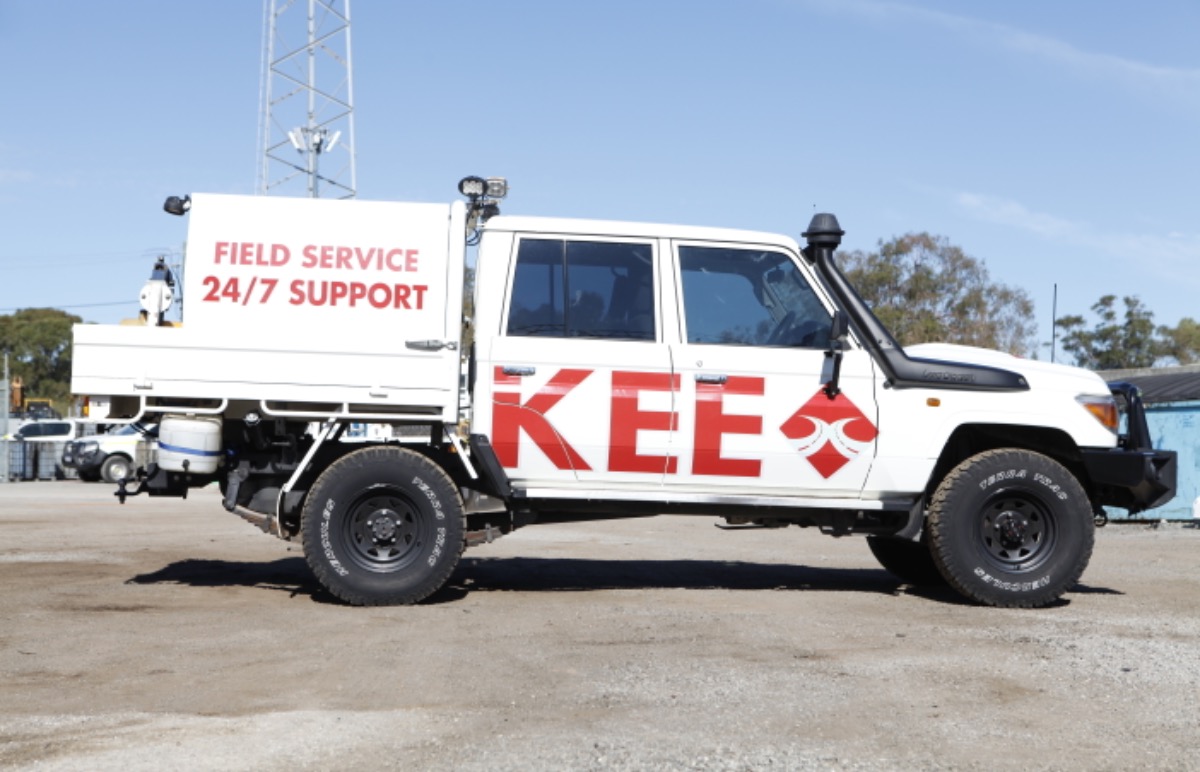Nestled amidst steep icy mountains and deep fjords, Western Norway’s breathtaking landscapes have long captivated the world’s imagination. However, the scenic beauty comes at a cost – the arduous 1130km trip between Kristiansand in the south and Trondheim in the north, which poses a daunting challenge to commuters. Enduring a staggering 21-hour journey and crossing seven different ferries, it’s no wonder that many travelers opt for alternative routes. Nevertheless, a revolutionary infrastructure project, estimated at a staggering $40 billion, is on the horizon – introducing the world’s first floating tunnel. Let’s embark on a journey through Norway’s transport history and delve into the futuristic concept of these floating tunnels weaving through the fjords.
Unravelling Norway’s Transport History
Norway’s transport history is a tapestry of innovation and adaptation. Its rugged terrain and vast stretches of water have presented unique challenges for connecting distant cities and regions. In ancient times, Norwegians relied on boats and ships to navigate the fjords, enabling trade and cultural exchange. However, with the advent of modern transportation, the need for faster and more efficient routes became apparent.
Railways played a crucial role in transforming Norway’s transport landscape during the 19th century. Overcoming mountainous barriers and wild rivers, the nation’s railway network laid the groundwork for accessible travel within the country. As the decades passed, roads and highways replaced older forms of transport, enabling vehicles to traverse the challenging landscape with more ease.
Despite these advancements, the rugged terrain of Western Norway continued to pose difficulties for commuters. Building conventional tunnels proved challenging due to the deep fjords and steep mountains, necessitating an innovative solution that would not only cut travel time but also preserve the region’s natural beauty.
Floating Tunnels: A Vision To Become A Reality
Enter the awe-inspiring concept of floating tunnels, a groundbreaking idea that could revolutionize transportation in Norway. Unlike conventional tunnels, these underwater roadways consist of a pair of concrete tubes, artfully submerged about 30m below the water’s surface. The innovative design slices the distance between Kristiansand and Trondheim in half, making the once treacherous journey remarkably efficient and enjoyable.
The natural features of Norway’s deep fjords make floating tunnels the ideal solution for overcoming transport obstacles. Traditional bridges are impractical due to the steep cliffs and vast expanses of water. However, floating tunnels boast the versatility to maneuver through these challenges with grace and precision.
One might wonder, are these floating tunnels truly floating? The answer lies in their ingenious stabilization system. Thick cables tether the concrete tubes to the sea bed, allowing them to glide effortlessly below the water’s surface. Alternatively, buoyant pontoons, spaced at roughly 240m intervals, can be employed to maintain the tunnel’s stability. This innovative design ensures that the floating tunnels neither obstruct maritime traffic nor interfere with the movement of ships, boats, or submarines.
Navigating the Future
Norway’s ambitious infrastructure project has captured the imagination of the nation’s Transport Minister, Ketil Solvik-Olsen. His vision for a more connected Norway drives the project forward, hoping for the floating tunnel to open its underwater passages by 2050. With unwavering determination and relentless pursuit of progress, Solvik-Olsen seeks to leave a lasting legacy for generations to come.
As the world’s first floating tunnel project takes shape, Norway stands on the precipice of a new era in transportation history. The innovative fusion of engineering and environmental consciousness offers a glimmer of hope for regions grappling with challenging terrains worldwide. Beyond being a mere conduit for commuters, these floating tunnels will be an embodiment of Norway’s commitment to progress while preserving the natural wonders that make the country truly unique.
As we look towards the horizon, we can’t help but wonder what other visionary solutions await us in the ever-evolving landscape of transport. With the floating tunnels leading the way, perhaps it’s time for humanity to embrace the potential of innovation and forge a brighter, more connected future. When we one day traverse the depths of the fjords in these magnificent underwater tunnels, let us remember that with determination and creativity, even the most extraordinary dreams can be realised.








